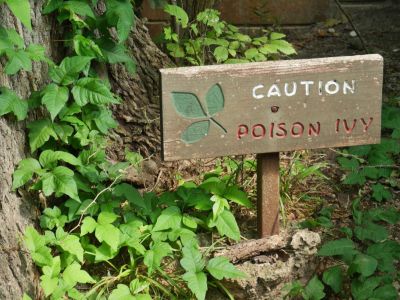Learning to identify poison ivy, as well as understanding more about how to alleviate its symptoms, can help reduce its spread and the discomfort that it can cause.
Treating a Poison Ivy Rash
For many, exposure to poison ivy plants goes unnoticed until you begin to exhibit symptoms, usually about 12 to 72 hours later. Most frequently, contact points begin to itch and are soon covered in red bumps, irritating rashes, or painful blisters. This is caused by a reaction to a plant component called urushiol. In the search for relief, sufferers will typically welcome a poison ivy home remedy. While there are some poison ivy treatments that can be somewhat effective at home, one should always consult a qualified physician first regarding use. Severe and/or prolonged instances of poison ivy rash are especially concerning. Not only will a visit to the doctor’s office help to relieve symptoms, but it will also determine an appropriate course of action, including whether or not a prescription or steroid will be required. Home remedies for poison ivy should be approached with caution. With the dawn of the internet, unreliable information is now spread easier than ever. In fact, many supposed methods for treating a poison ivy rash may do more harm than good. For those searching for a poison ivy “cure,” it will be imperative to reference information from reliable and credible organizations or institutions.
Poison Ivy Home Remedy
In regard to sensitive individuals and those who fear they may come into contact with poison ivy while outdoors, many professionals advocate for preventative measures. Long, protective clothing is the best option in protecting the skin when outdoors. The use of barrier creams can be moderately effective when used before contact. Those who do come into contact with the plant should wash their skin immediately with cold water, using a soap bar specifically formulated for exposure to poison ivy. Various other lotions, such as calamine, may be useful when symptoms first start to manifest after exposure. Other home remedies for poison ivy which may be helpful include cool bath soaks composed of ingredients such as oatmeal and baking soda. Others have included rubbing of the affected areas with banana peels. While this does not serve as a poison ivy cure, they are often used to soothe the skin, and decrease itching and irritation. No poison ivy home remedy should ever be used on rashes or blisters, as this could increase the likelihood of infection. Complications related to infection may potentially prove to be serious. When in doubt, always consult a physician.
